![]() READER QUESTION:
READER QUESTION:
Is an energy absorber system needed on the safety line to help limit the impact forces should the belay system be engaged to arrest the falling load?
ROCO TECH PANEL ANSWER:
Since we first answered this question here on our site, twin tensioned systems have become more and more popular. However, many rescue teams still employ traditional untensioned belay systems, which can still be effective. Therefore, familiarity with proper use is essential.
Additionally, modern equipment has provided an alternative option somewhat between the twin tensioned and untensioned methods: the “tight” belay system.
When using a “tight” belay system, such as an anchored ASAP, the shock absorber is incorporated into the anchor. This is still categorized as an untensioned safety line rather than twin tensioned system, but the rigging makes it easier for operators to keep the line tighter and minimize the potential free fall distance.
If your team has adopted use of twin tension systems, then the energy absorber may be a moot point for you. These twin tension systems ensure that both lines are under load at all times. This eliminates the free fall potential – if one fails, you have a load transfer (on a tensioned line) rather than a shock load.
Roco trains with all three types: traditional untensioned safety lines, “tight” belay systems and twin tension main/belay. In the untensioned belay systems, we do indeed incorporate an energy absorber (shock) on the end of the line.
Whichever system your team uses will be up to you. If you choose to use an untensioned safety line, OSHA and ANSI each may have a role to play in guiding what equipment you use.
While OSHA does not address specifics when it comes to rescue systems, there is some overlap from the OSHA as well as the ANSI standards that is helpful when considering the belay system during rescue.
NFPA 1006 Standard for Technical Rescue Personnel Professional Qualifications, sections 5.2.9 through 5.2.11, provides guidance for the construction of a belay (safety line) system. Specifically, the 5.2.11 objective statement calls for the belay system to ensure “the fall is arrested in a manner that minimizes the force transmitted to the load.” The annex information adds: “Belay systems are a component of single-tensioned rope systems that apply a tensioned main system on which the entire load is suspended and a non-tensioned system with minimal slack (belay) designed, constructed, and operated to arrest a falling load in the event of a main system malfunction or failure.
While these traditional systems used for lowering and raising are in common use, two-tensioned rope systems can also be used to suspend the load while maintaining near equal tension on each rope, theoretically reducing the fall distance and shock force in the event of a singular rope failure. To be effective, two-tensioned rope systems must utilize devices that will compensate appropriately for the immediate transfer of additional force associated with such failures.”
Additionally, the NFPA 1006 definition of belay is “The method by which a potential fall distance is controlled to minimize damage to equipment and/or injury to a live load.” And Annex information “This method can be accomplished by a second line in a raise or lowering system or by managing a single line with a friction device in fixed-rope ascent or descent. Belays also protect personnel exposed to the risk of falling who are not otherwise attached to the rope rescue system."
So, where can OSHA help in all of this? OSHA requires the maximum force of a fall arrest system not to exceed 1,800 pounds. ANSI is more protective and requires arresting forces not to exceed 900 pounds. NFPA does not state what the arresting forces need to be limited to, but the performance measurement is to “minimize damage to equipment and/or injury to a live load.” OSHA and ANSI have already done the homework on this and stated their performance requirements. One proven way to meet NFPA 1006 as well as OSHA and ANSI requirements is to incorporate an energy absorber in the belay (fall arrest) system. Whether 1,800 pounds or the ANSI required 900 pounds is appropriate, or if you use a two tensioned system, this is up to your AHJ.


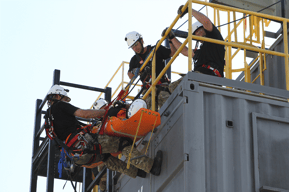 Studies in emergency medicine have brought a critical perspective to the use of spine boards. While they are indispensable in certain situations, these studies highlight the negative effects of prolonged immobilization on a hard surface. Issues such as pressure sores, discomfort, and breathing problems have been reported, suggesting that the use of spine boards should be carefully considered and not automatically applied to all EMS cases.
Studies in emergency medicine have brought a critical perspective to the use of spine boards. While they are indispensable in certain situations, these studies highlight the negative effects of prolonged immobilization on a hard surface. Issues such as pressure sores, discomfort, and breathing problems have been reported, suggesting that the use of spine boards should be carefully considered and not automatically applied to all EMS cases.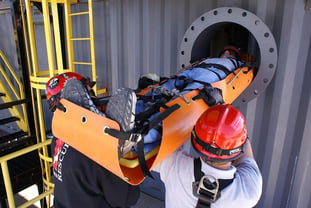
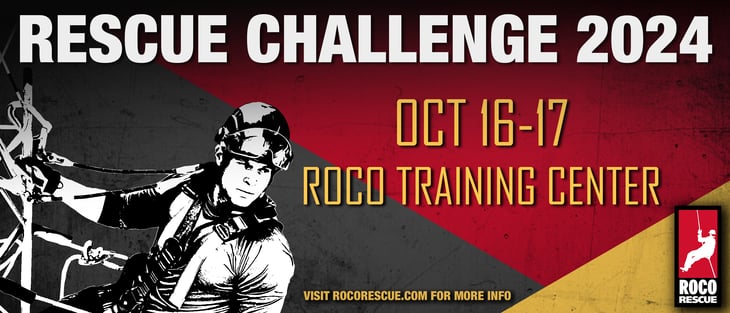

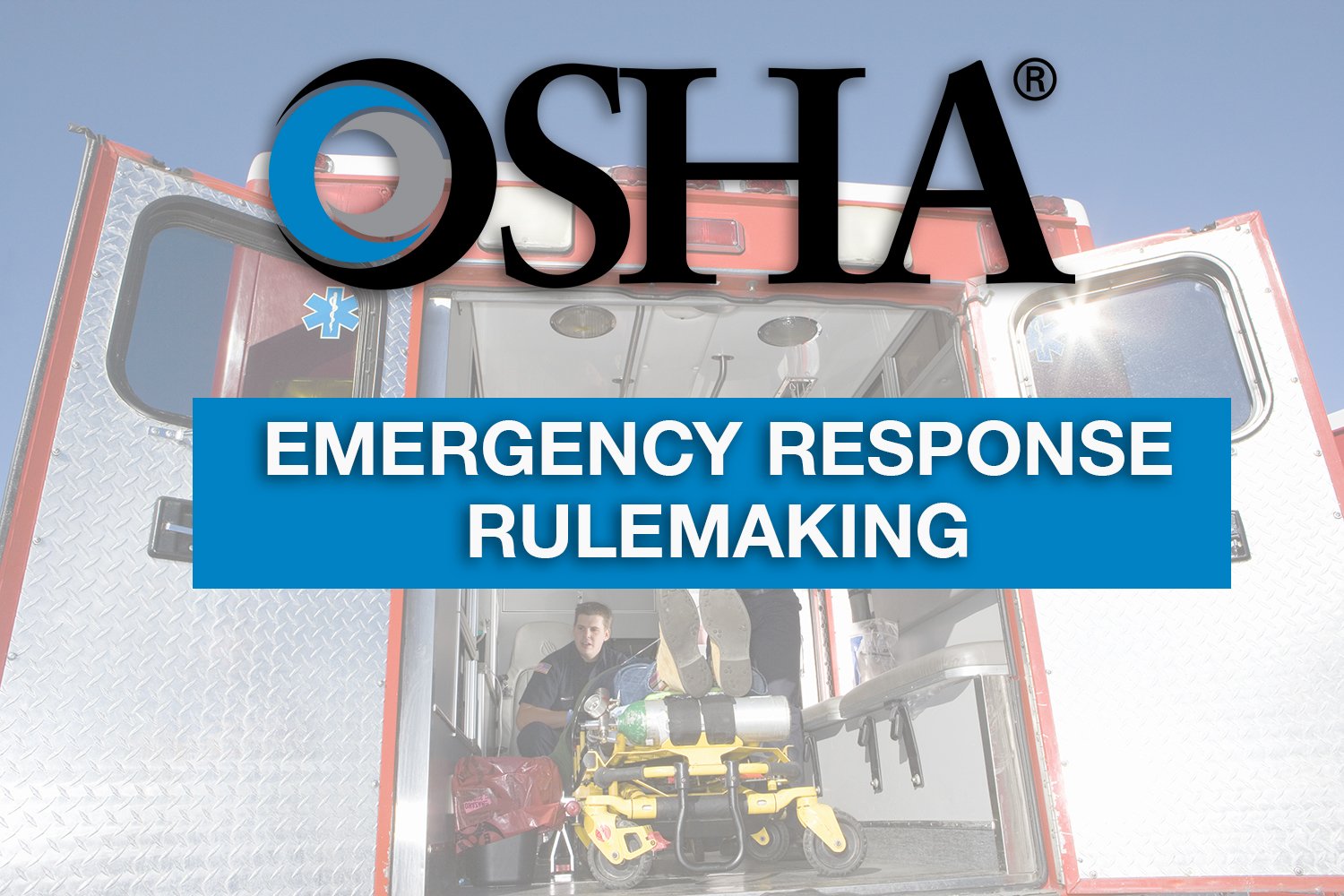

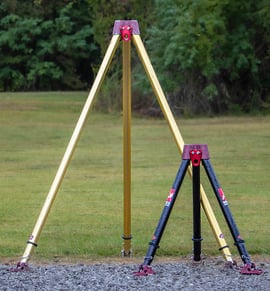 Sleek, portable and mission-driven – the new
Sleek, portable and mission-driven – the new 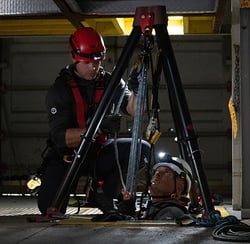 Key Features:
Key Features:


